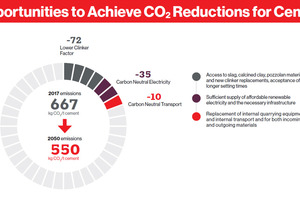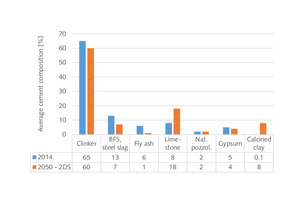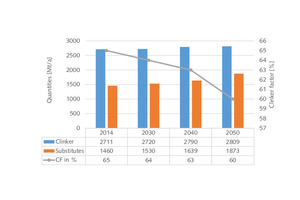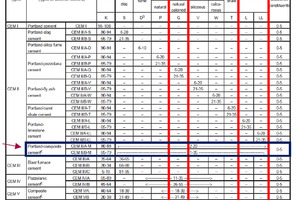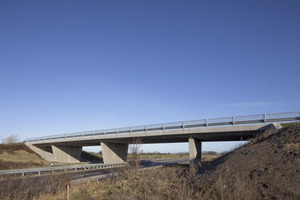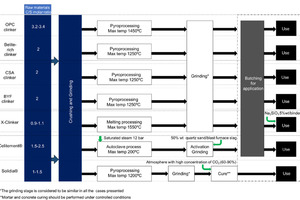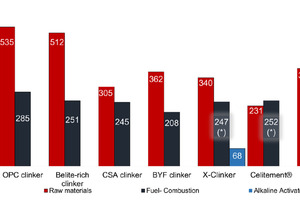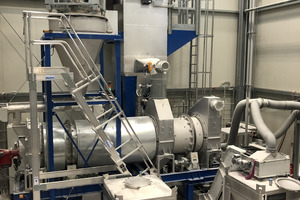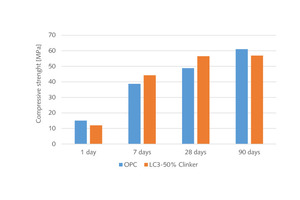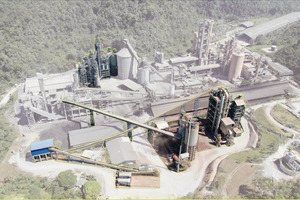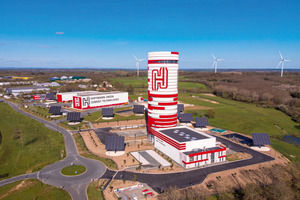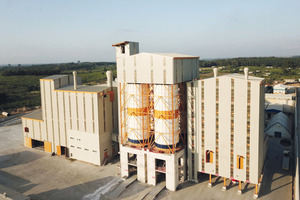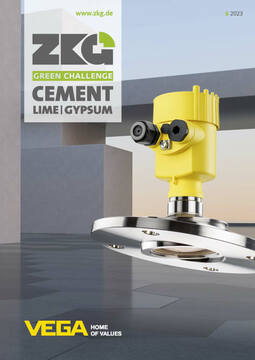[1] Cembureau: Cementing the European Green Deal, Reaching Climate Neutrality along the Cement and Concrete Value Chain by 2050. Cembureau The European Cement Association, 12.05.2020, Brussels/Belgium
[2] IEA/CSI: Technology Roadmap – Low-Carbon Transition in the Cement Industry,
OECD/International Energy Agency, World Business Council for Sustainable Development, March 2018, Paris/France
[3] OneStone Consulting: GBFS Focus 2030, Multi-client market report by OneStone Consulting Ltd, September 2022, Varna/Bulgaria
[4] Thrane, L.N.: Field exposure of “green concrete” in Denmark and presentation of the four demonstration projects – 3 bridges and 1 in-door structure. Presentation at Green Transition of Cement and Concrete Production in Denmark, 28. February 2019, Danish Technological Institute, Taastrup/Denmark
[5] Marmier, A.: Decarbonisation options for the cement industry. JRC Technical Report. Publications Office of the European Union, 2023, Luxembourg
[6] Antunes, M. et al.: Alternative Clinker Technologies for Reducing Carbon
Emissions in Cement Industry: A Critical Review. Materials 2022, 15, 209. https://doi.org/10.3390/ma15010209
[7] Tsemelis, K.: Opportunities for use of bauxite residue in special cements. World Aluminium, International Aluminium Institute, 2018, London/UK
[8] Sui, T. et al.: Belite-based low-carbon clinker cements, ICR, March 2020, pp. 55-61
[9] Möller, H.: Celitement - A novel cement based on hydraulic calcium hydrosilicates (hCHS). 2023_04_27_Description_Celitement_MOE.docx, Celitement GmbH & Co. KG, Eggenstein-Leopoldshafen/Germany
[10] Harder, J.: Latest trends in clay activation. ZKG Cement Lime Gypsum 03/2021, pp. 23-32
[11] Scrivener, K.: Achieving massive CO2 reductions in the Cement and Concrete Sector. Presentation fib 2023.pptx, EPFL École Polytechnique Fédérale de Lausanne, Switzerland




